Analysis, classification of goods: Applying risk management, improving the level of officers
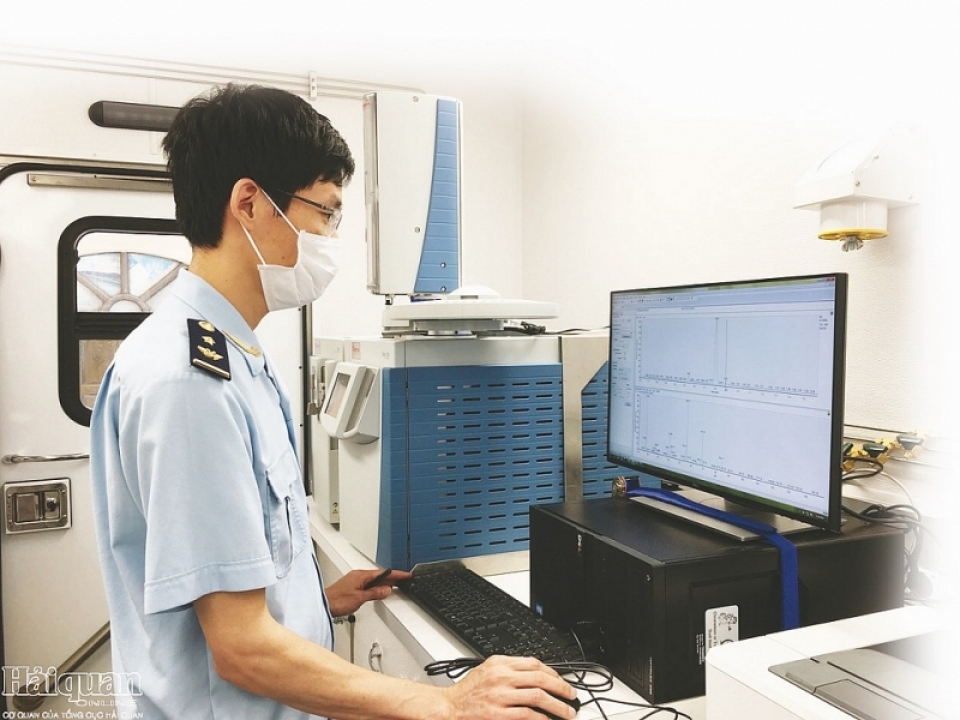 |
| Exploiting information related to the notification of analytical results on MHS system. Photo: H.Nu. |
Difficult from regulations
Although the regulations and the guiding process of classification and analysis work is relatively specific, contributing to improving the legal status and agreeing on the results of analysis in the entire Customs industry, the application process has inadequacies and, needs timely solutions to be removed.
According to Bui Tuan Hai, Deputy Director of Customs Inspection Department, the concept of "lacking basis to determine" is guided in Circular 39/2018 / TT-BTC, Circular 14/2015 / TT-BTC is wide and open, being one of the objective reasons leading to the fact that local units send analytical samples for the purpose of widespread classification, not focusing on real samples of code frauds, increasing costs and wasting resources. In addition, searchingthe data to have a basis to determine the correct name, category, nature, utility, HS code does not show information about the manufacturer, information about the importer and not together with customs declarants (due to different local customs units, sending samples of different enterprises).
According to Circular No. 39/2018 / TT-BTC: "Customs authorities use the results of analysis and inspection of this shipment to carry out customs procedures for the next shipments of customs declarants who have the same name, origin, product code of import declaration from the same manufacturer". However, in fact, the number of goods that repeat all four criteria: Product name, origin, manufacturer, commodity code is few. Also in the Circular 14/2105/TT-BTC regulates the analysis and classification at the Department of Customs Inspection (in case of issuing analysis results with goods codes) within 10 days, documents with more than two samples plus 10 more days. In fact, the classification requirements are often larger than two samples and require difficult analysis and classification and pressure for the time of issuance.
The preferential import and export tariff has many amendments and reductions in tax rates (according to the Decree 125/2017/ND-CP of 36 levels), but there are still some difficult cases to classify, there are no specific criteria to distinguish and the unit’s ability in expertise is very limited.
Bui Tuan Hai gave examples of natural Barium sulfate (2511.10.00 TS 3%) and Bari sulfate synthetic (2833.27.00 TS 5%), sublimation sulfur, precipitation; steel reinforced concrete.
In addition, the tariff lines are equal, but for classification to determine the exact flow of goods, there are many problems, such as steel sheet painted with plastic coating, varnish, steel or not oriented; Heat resistant varnishes over 1,000C (not used in dentistry). In these cases, although the document has a basis for classifying goods, due to the risk of code and tax rate, it is necessary to determine the exact number of goods required to be sent for inspection. As a result, many samples were sent repeatedly, wrong codes were discovered but not affecting the tax rate, Bui Tuan Hai said.
Reality
Recently, at some customs units, officials have been embarrassed in understanding and applying the available classification notice of the General Department of Customs for similar products. With the pressure of time for customs clearance, customs officers often change their working positions and goods are more and more complex. To clear goods quickly, reduce responsibility for items which have enough information to classify that the naked eye cannot be used, customs officers need to send samples for analysis.
Searching the database for classification of pressure codes in customs clearance is confusing and not synchronised and mature, leading an inconsistent process, so samples are taken for analysis and classification. The speed of searching and updating functions on MHS system is very difficult due to the slow processing speed of the system (2-3 hours).
A representative of Ho Chi Minh City Customs Department said the level of goods classification of customs officers is limited in many fields such as trade, mechanics adnd electronic technology. Especially, with the strong growth in the Industrial Revolution 4.0, goods are increasingly diversified. Besides, the pressure of fast customs clearance makes civil servants face many difficulties in identifying codes when checking records and actual goods.
In Dong Nai Customs Department, there are problems in checking records, checking the actual goods to classify and determining the accuracy of the declaration code. A representative of Dong Nai Customs Department said that there are still cases of similar items applied to different tax codes at provincial and municipal customs departments, due to lack of information technology facilities assisting Customs authorities in searching for tax codes and coordination mechanisms among customs departments.
Talking about this issue, Vy Cong Tuong, Deputy Director of Lang Son Customs Department said there are now some companies taking advantage of declaring the names and identical HS codes similar to some available analysis and classification results. Therefore, if we only check the details of the documents, it is clear that the HS code of the enterprise declared in accordance with the name of the imported goods, but in fact, the imported goods may be different or not exactly as declared.
Representatives of many units and customs departments of provinces and cities suggest that it is necessary to train and invest equipment for inspection departments to improve the efficiency in the analysis, classification and inspection. In particular, it is necessary to unify the inspection method, analytical criteria and expertise but focus on the items with high risks of tax rates.
Most representatives of large customs units such as: Hai Phong, Ho Chi Minh City, Dong Nai andQuang Ninh all said that long-term measures to improve the efficiency of the analysis and classification must be in essence and systematic. Specifically, it is necessary to apply the risk management method in sampling to analyse and classify, only those with a certain degree of suspicion will take samples for analysis and classification. It is necessary to build and implement an inspection manual to unify the inspection of sensitive products, to unify the criteria of analysis and inspection, to avoid sending wrong inspection requirements, depending on the inspection agency.
Related News
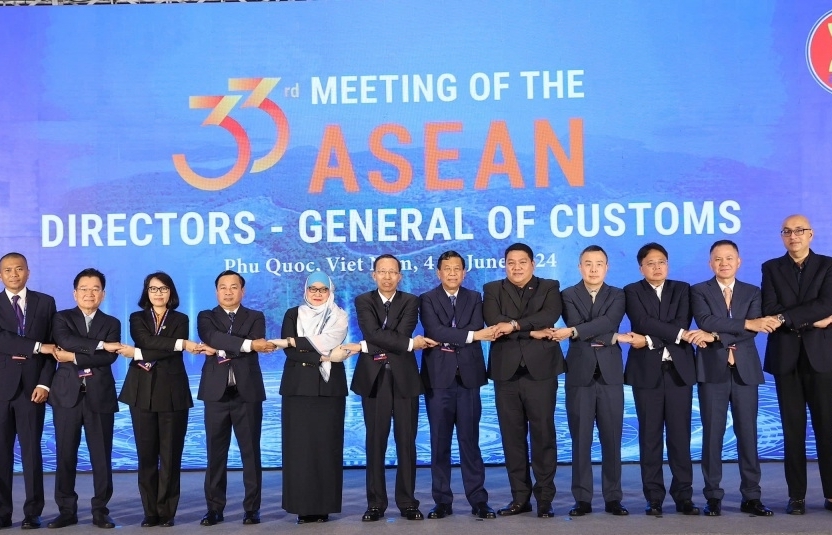
6 outstanding events of Vietnam Customs in 2024
07:55 | 15/01/2025 Customs

Da Nang Customs Department supports enterprises in developing Customs-Business partnership
13:07 | 09/01/2025 Customs
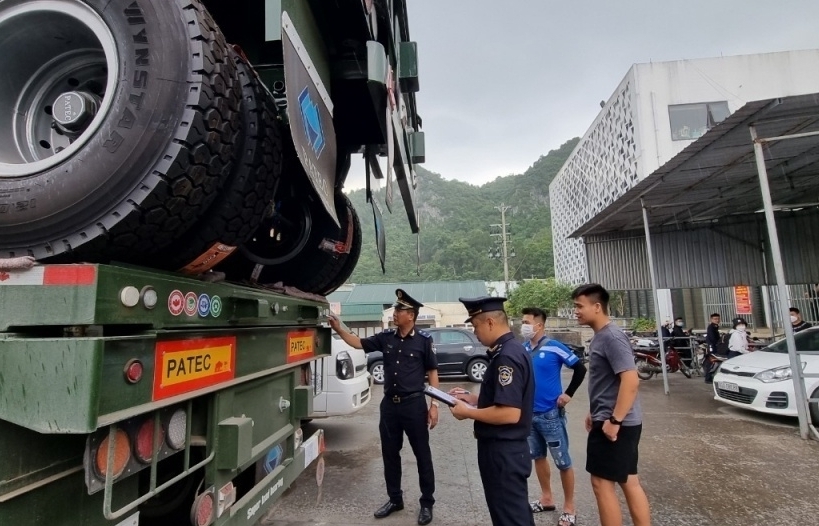
Lang Son Customs finds it difficult to collect and handle tax arrears
15:13 | 07/01/2025 Customs

Ho Chi Minh City Customs: Exceeded the state budget revenue target by nearly 100 billion VND
15:27 | 31/12/2024 Customs
Latest News
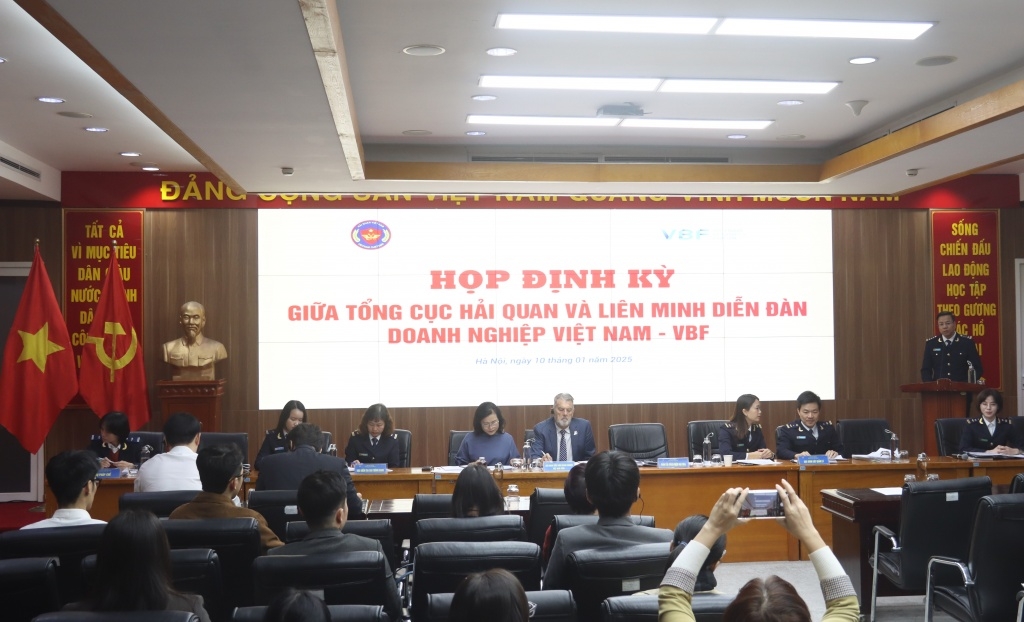
GDVC answers questions for VBF enterprises
07:56 | 15/01/2025 Customs

Customs reduces VAT under Resolution No. 174/2024/QH15
14:53 | 06/01/2025 Customs
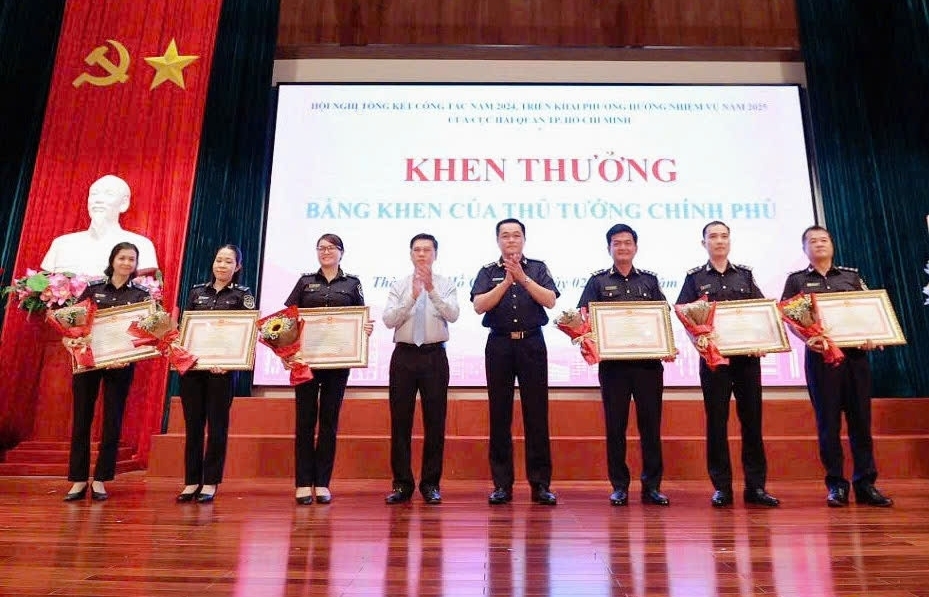
HCMC Customs: Outstanding performance across all operations
06:36 | 05/01/2025 Customs
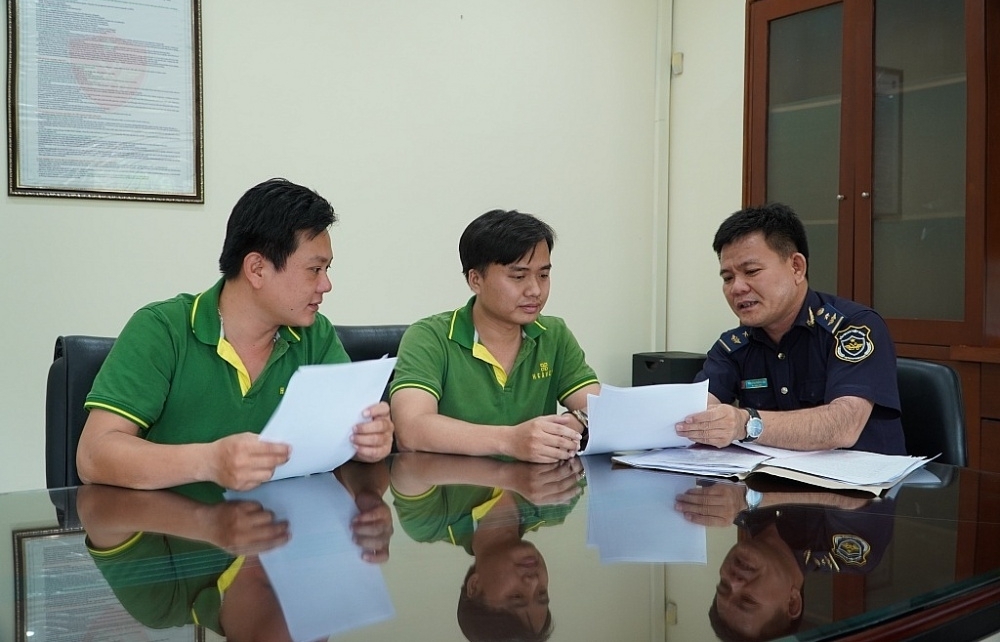
Tackling revenue challenges: Dong Nai Customs Department’s strategic plan for 2025
14:28 | 03/01/2025 Customs
More News
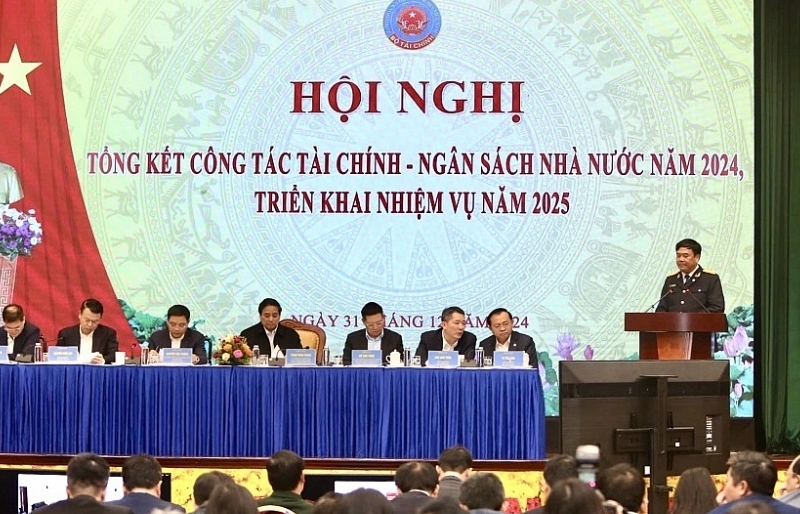
Director General Nguyen Van Tho: streamlining apparatus to meet the requirements of customs modernization
15:53 | 02/01/2025 Customs
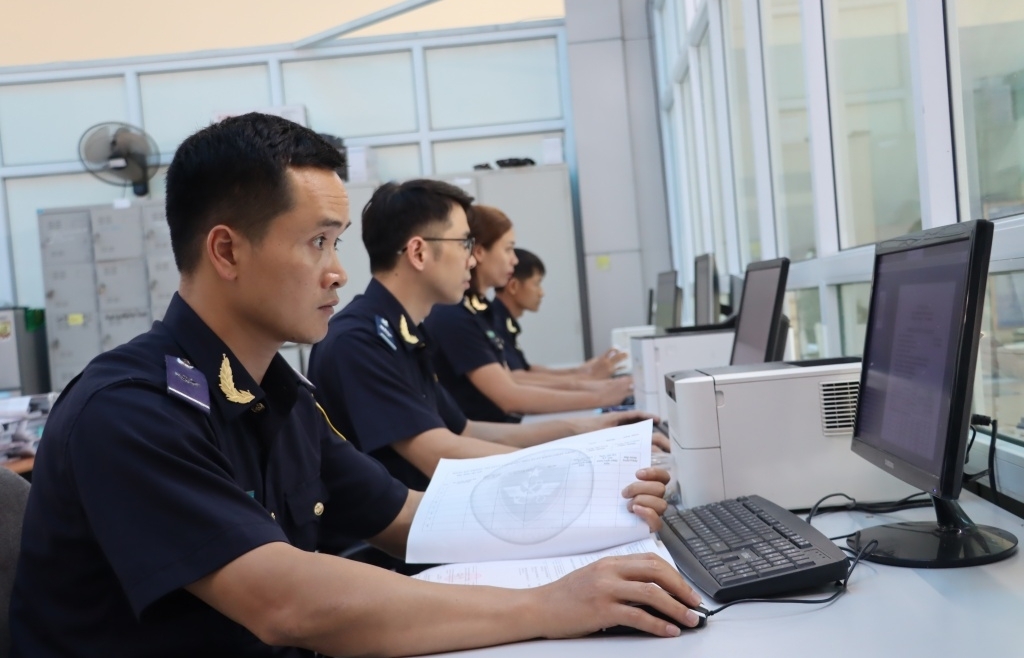
Cao Bang Customs Department collects over VND 940 Billion, achieving a 22% increase
23:00 | 31/12/2024 Customs
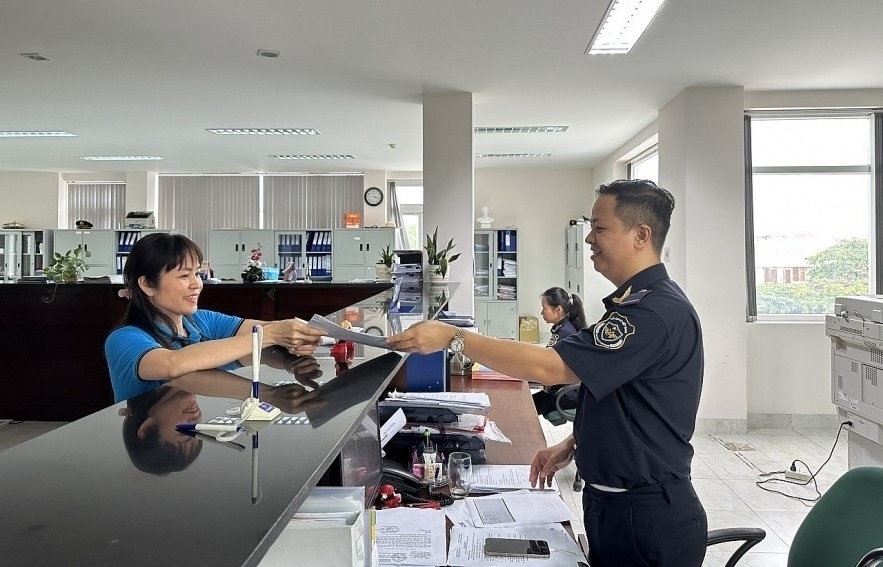
Ba Ria - Vung Tau Customs: A strategic partner in business success
22:00 | 31/12/2024 Customs
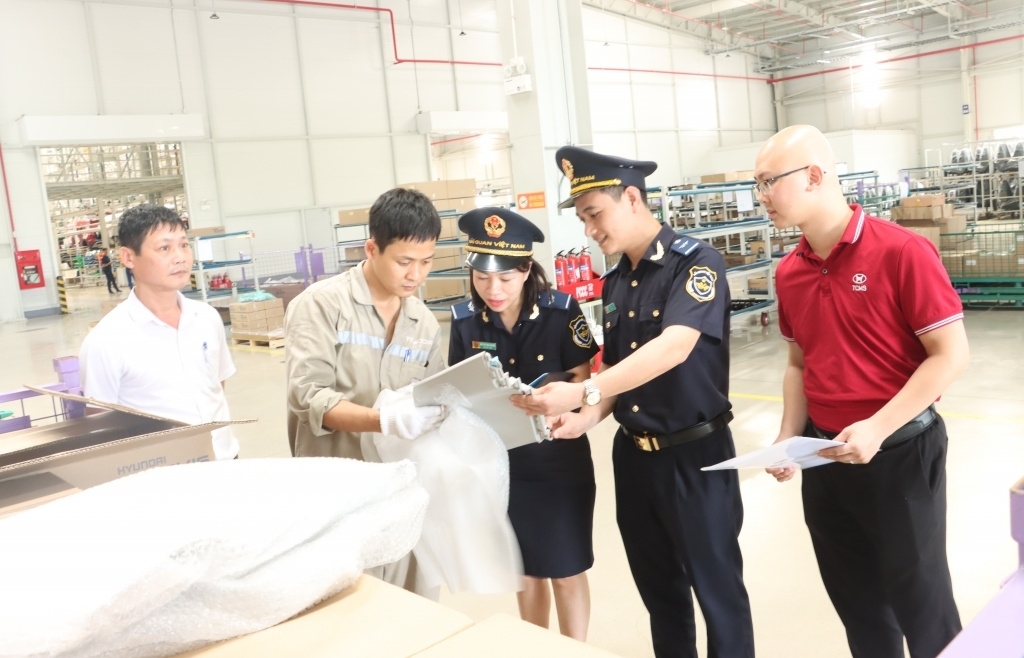
Challenges facing customs revenue collection in 2025
20:00 | 31/12/2024 Customs
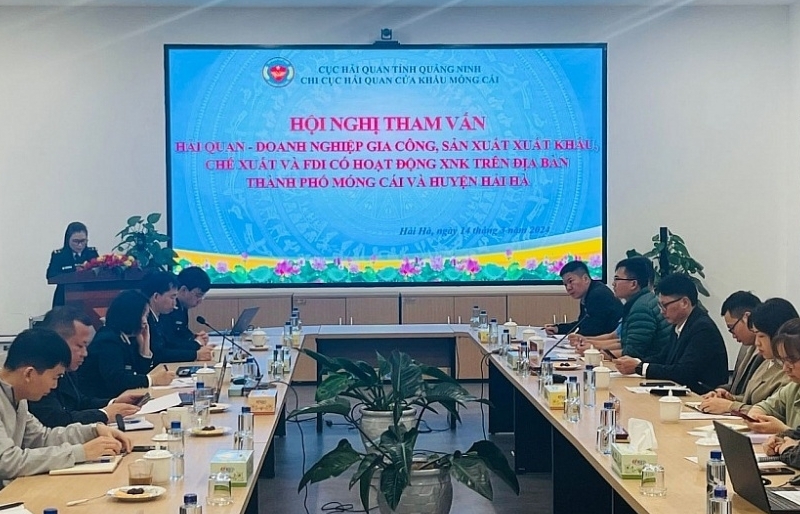
Quang Ninh Customs: making efforts to help businesses improve compliance
16:47 | 31/12/2024 Customs
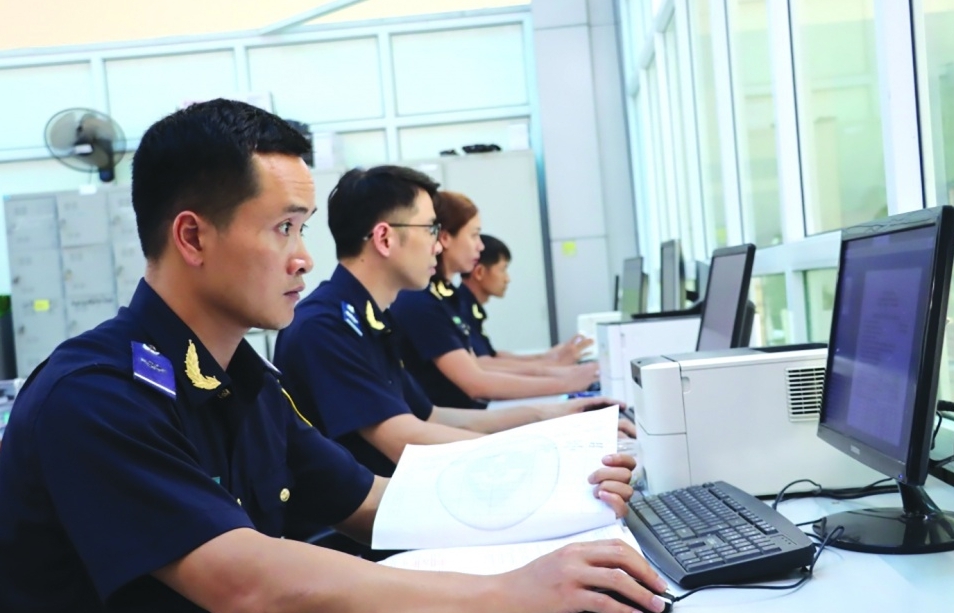
Customs modernization: From VNACCS to Digital Customs: Part 3: Part 3: Comprehensive digital transformation in customs field
15:30 | 31/12/2024 Customs
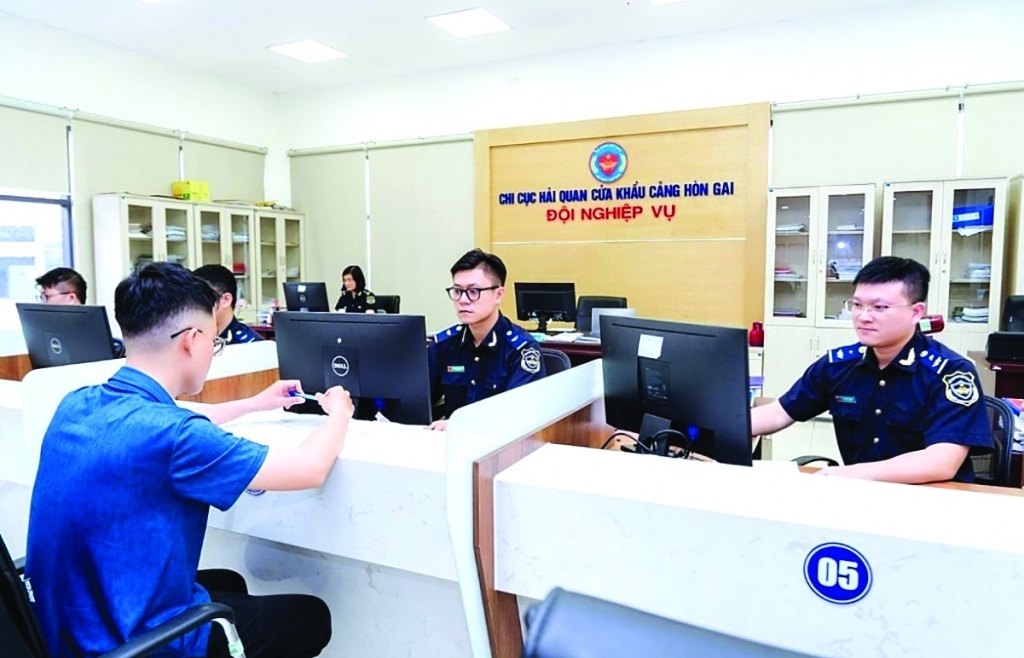
Modernizing Customs: From VNACCS to Digital Customs Part 2: The urgent need for a new IT system
07:55 | 31/12/2024 Customs
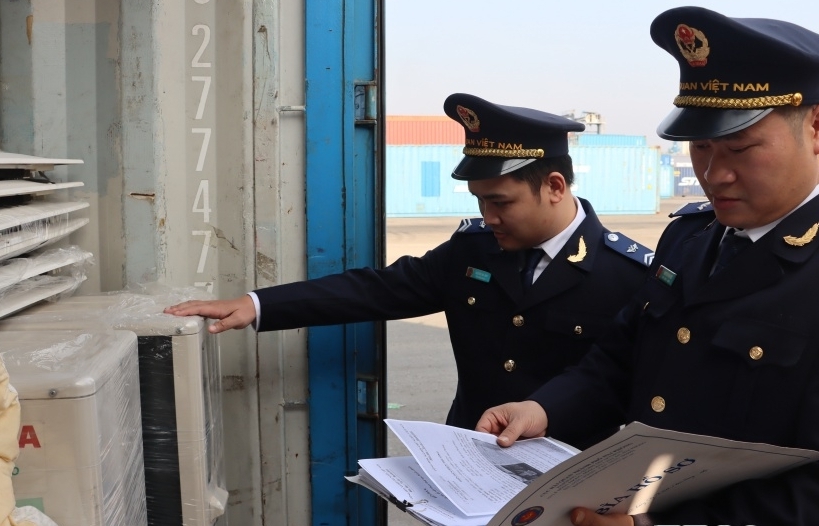
Hai Phong Customs sets new record in revenue of VND70,000 billion
07:45 | 31/12/2024 Customs
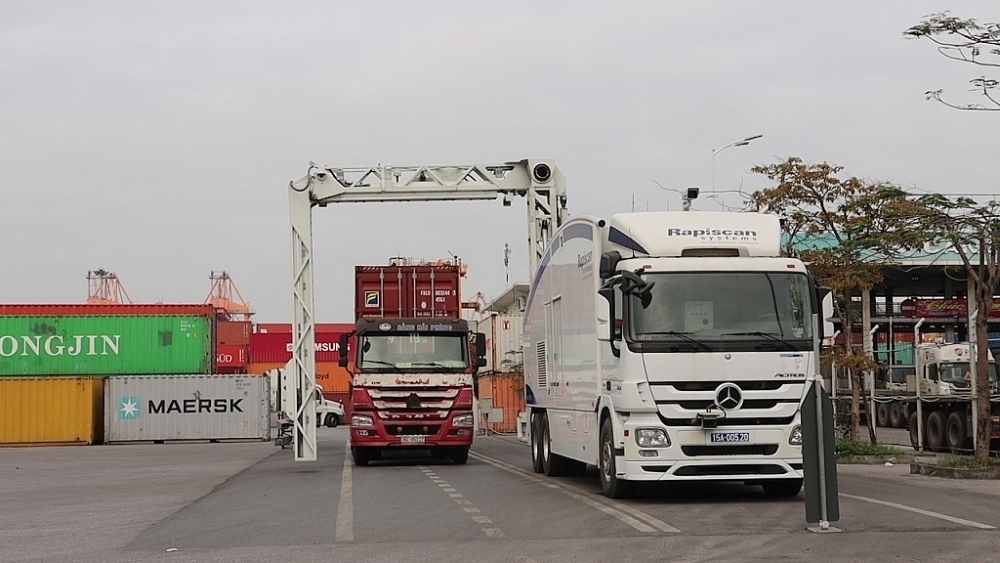
Hai Phong Customs focuses on customs supervision and management
13:55 | 30/12/2024 Customs
Your care

GDVC answers questions for VBF enterprises
07:56 | 15/01/2025 Customs

6 outstanding events of Vietnam Customs in 2024
07:55 | 15/01/2025 Customs

Da Nang Customs Department supports enterprises in developing Customs-Business partnership
13:07 | 09/01/2025 Customs

Lang Son Customs finds it difficult to collect and handle tax arrears
15:13 | 07/01/2025 Customs

Customs reduces VAT under Resolution No. 174/2024/QH15
14:53 | 06/01/2025 Customs
